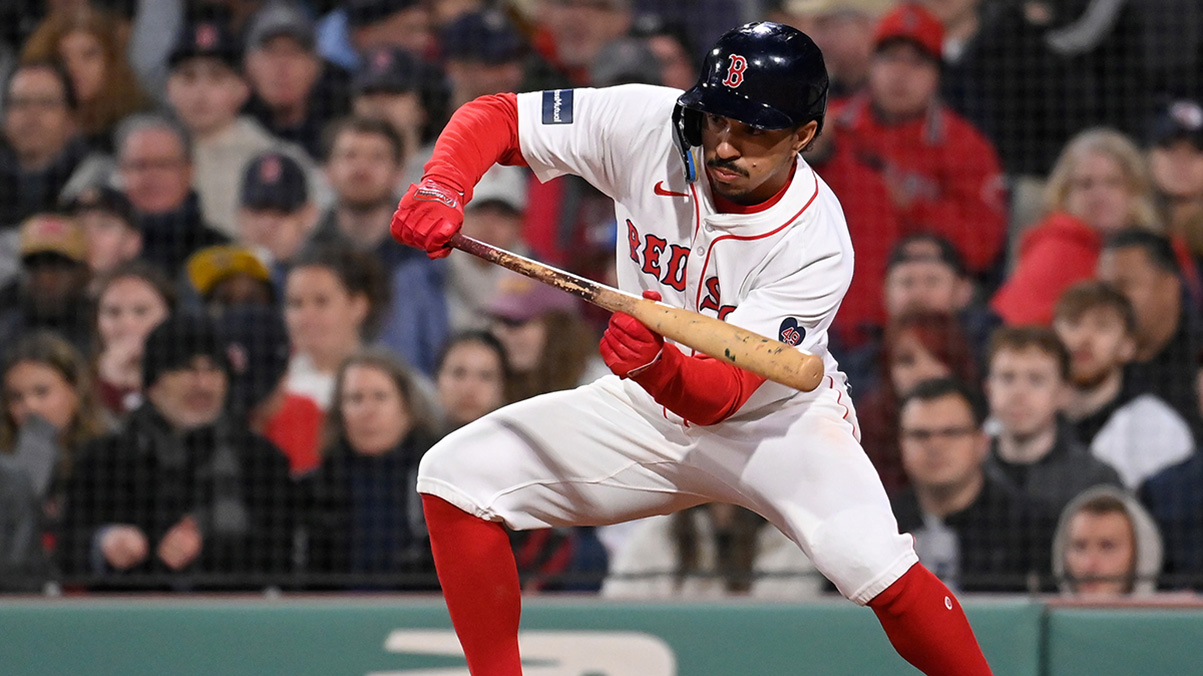For the next three weeks, NBC Sports Boston will be looking at how the COVID-19 pandemic has impacted the economics of sports. Next up: How the Red Sox cost-cutting measures this past offseason might be necessary again this winter.
* * * * *
Until baseball actually returns to action, a nightmare scenario hangs over the Red Sox — repeating the miserable 2019 offseason in a quest to drop below the luxury tax.
According to multiple executives, if no season is played, the luxury tax will not reset and this year's penalties will remain frozen in place. That means that all the painful work the Red Sox did over the winter — trading Mookie Betts and David Price, sitting out the high-end free agent market — will have been for nothing.
The ramifications would be significant.
Get the latest news and analysis on all of your teams from NBC Sports Boston by downloading the My Teams App
While the Red Sox effectively wrote off 2020 in order to drop below the $208 million luxury tax threshold, they expected to resume spending next winter without being hamstrung by as much as $25 million in tax payments and lost rebates.
Boston Red Sox
If their penalties don't reset, however, they face the very real possibility of another lost winter spent getting their finances in order instead of adding high-end talent to a roster that desperately needs it.
Even after all of this winter's maneuvering, the Red Sox simply dropped their payroll to the $195 million range. The luxury tax threshold will rise to $210 million next year, but that still doesn't leave very much wiggle room. And with glaring needs in the starting rotation, in particular, that $15 million could disappear quickly.
Even if the Red Sox renounce their free agents, including center fielder Jackie Bradley Jr., and buy out left-hander Martin Perez, they'd still only save about $20 million while creating holes in need of filling.
Under John Henry's ownership, the Red Sox haven't been shy about spending. They held the game's highest payroll in 2018 and 2019, and there was no reason to think (pre-pandemic) that they wouldn't push $240 million again once they reset the most onerous penalties for three-time offenders, which include a 50 percent charge on overages, as well as possible a 10-spot drop in the draft.
Even if MLB and the union reach an agreement on a 2020 return, that still leaves several weeks of spring training when infections could occur and jeopardize the season. The good news is that if any portion of the season is played, the luxury tax penalties will reset, assuming the Sox stay under the prorated threshold.
If that's the case, the question becomes how the Red Sox will approach spending in the midst of a pandemic and after a season that — even in a best-case scenario — pulverized revenues.
DH J.D. Martinez, for instance, might've been a safe bet to opt out with the National League expected to add a designated hitter. But given the uncertain financial climate, the looming expiration of the CBA following next season, and the risks associated with entering free agency, he may just bank the two years and nearly $39 million remaining on his deal. At his current production levels, Martinez is easily worth it.
In a pre-pandemic world, the Red Sox would've attempted to lock up third baseman Rafael Devers, a potential All-Star with 40-homer potential. Now it's hard to say what kind of offer will exist or if he'll be better off simply taking his raises in arbitration and going year-by-year.
While it's unlikely the Red Sox would jump back into the Betts market just months after trading him, maybe the depressed market will drive his price down enough to put him in play. At the very least, the Red Sox could pursue a five-tool slugger like Houston's George Springer, who'll be hitting free agency, too.
But first things first, there needs to be baseball.
Otherwise the Red Sox will be fitting themselves for the financial straitjacket that made this past winter so frustrating to endure.
.embed-container { position: relative; padding-bottom: 56.25%; height: 0; overflow: hidden; max-width: 100%; } .embed-container iframe, .embed-container object, .embed-container embed { position: absolute; top: 0; left: 0; width: 100%; height: 100%; }

